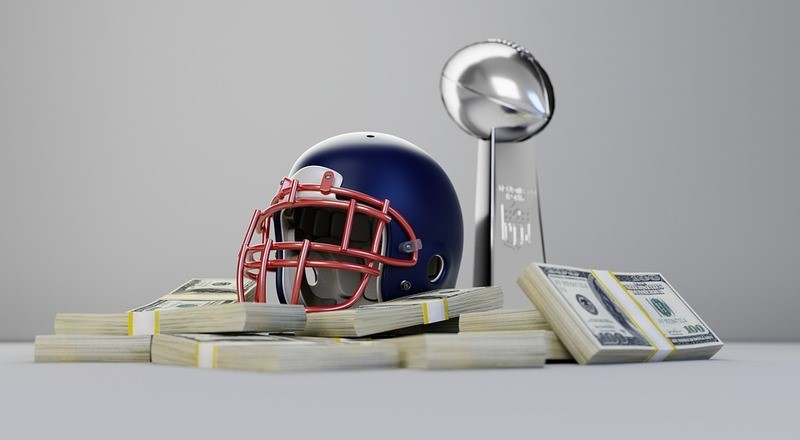
Deeply strategic and packed with action, American Football is admired by millions around the world. Increasingly driven by technology, fans of the NFL can instantly access detailed statistics for practically every element of the competition, from data points for every facet of team plays to individual player metrics that identify their effectiveness.
Backing the Winning Teams
As one of the biggest changes to American major league sports in recent years, the huge popularity of online betting has brought a major shift in the way we follow the NFL. Given the widespread use of handheld technology such as tablets and smartphones, along with watching football action unfold on TV or in-person at stadiums, many fans are now enjoying the opportunity to bet on the outcomes. Whether backing live in-game lines and point spreads, there is now a huge array of markets available surrounding every game.
Thanks to the immense amount of data and statistics available to fans, making predictions and backing them has increasingly become an additional part of watching football. One of the most popular markets is the futures, with the latest NFL odds on bet365 tipping the Kansas City Chiefs for 2021-21 success, priced at early +450 odds to win Super Bowl LVI.
Every NFL Motion is Monitored
More than ever before, fans of the NFL have enjoyed access to an increasingly profound level of information. Although it sometimes might seem like magic when statistics are so accurate, the level of precision involved has come about via top-of-the-line tracking technology. The biggest implementations in this area came in 2014, with NFL approval of several systems.
Using a system originally designed by Zebra Technologies, radio-frequency identification (RFID) is now an integral part of every NFL game. The system features numerous ultra-wideband receivers at venues, tracking every motion. Tracking tags are fitted to player uniforms and the ball, on the pitch, fitted to goalposts, and embedded inside endzone pylons.
In fact, there are usually at least 250 tracking tags involved in every game, which creates a full spectrum of data points. This not only provides fans with instant access to data, coaches and players can also monitor performances in greater detail. The use of this technology has become part of the arsenal of tools available to coaches, as they seek to improve performance.
Embracing Enhanced Communications
73. In 1956, Hall of Fame @Browns coach Paul Brown worked with Cleveland-area inventors John Campbell & George Sarles to develop a radio receiver to go inside a quarterback’s helmet, allowing for communication from the sideline. https://t.co/5sJiIV86Ad #SBtechfacts #wirelesstech pic.twitter.com/29726VrrsA
— RCN Technologies (@RCNTechnologies) February 3, 2020
The origin of helmet radios came back in 1956, according to this fascinating article by the Pro Football Hall of Fame, explaining how Ohio inventors John Campbell and George Sarles came up with the concept. They developed a radio receiver that could be conveniently fitted inside player helmets and presented the idea to the Cleveland Browns.
Tested with great success, coaches of the Cleveland Browns communicated secretly with players using the radio system, until being discovered by rival coaches. Although the NFL immediately banned radios, seeking to improve the fluidity of play and communication, they returned to the idea in 1994, making use of player helmets and coach headsets in 1994.
Now part of a traveling Pro Football Hall of Fame exhibition, the original radio helmet, worn by quarterback George Ratterman is a popular attraction. These days, digital communications allow coaches to speak directly with quarterbacks and other designated players, allowing much swifter and more effective coordination of strategies and plays. Also, game officials all wear headsets now.
Technology Improvements Key to NFL
From providing teams with insightful data to granting fans a more in-depth appreciation of the game, American football has been completely revolutionized by technology implementations. We often take for granted having access to multiple screens, as we get absorbed in the action, while further advances will undoubtedly enhance our enjoyment of the NFL in years to come.